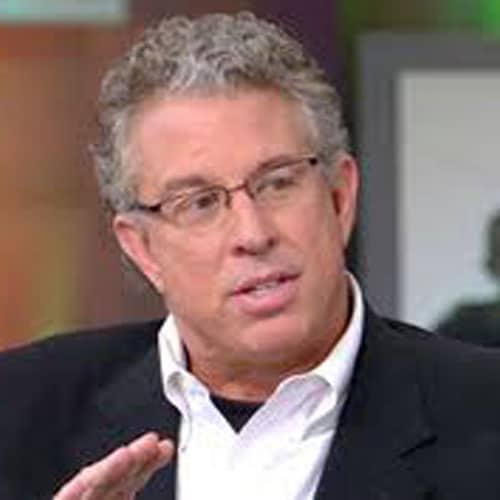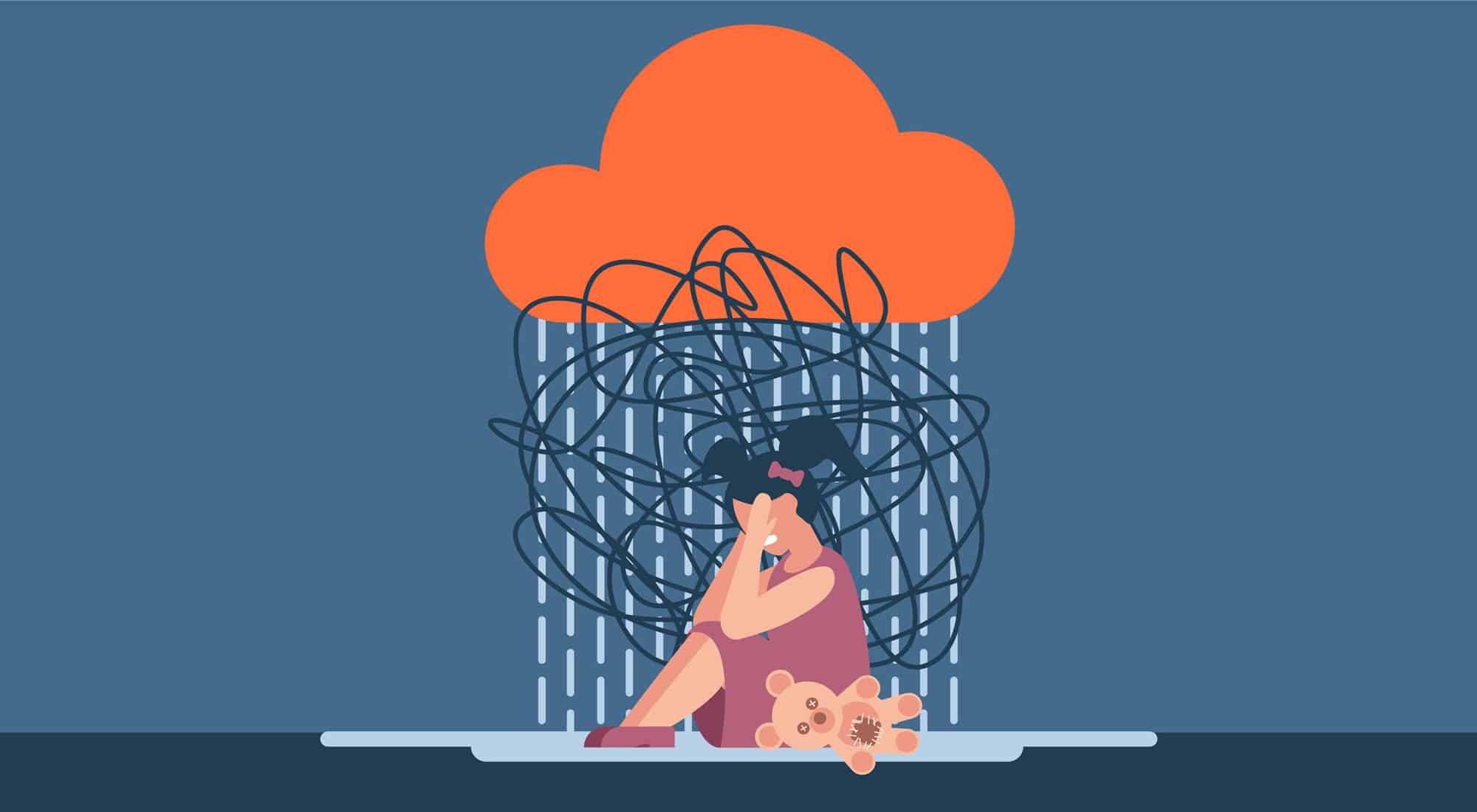By Anna McKenzie
What is Dr. Bruce Perry’s Neurosequential Model? Different from a treatment technique, the Neurosequential Model is a method for organizing a child’s history of trauma, neglect, or abuse, and assessing how they are currently functioning. Using this method, a clinician can identify key problems, strengths, and therapeutic interventions so that the child’s network — family, educators, therapists, and other treatment professionals — can work together to meet the child’s needs.
Meadows Senior Fellow Dr. Bruce Perry brings the Neurosequential Model and 30 years of experience in the field of children’s mental health. His work on the effects of trauma on the developing brain informs the way that we meet the needs of adolescents in treatment.
The Neurosequential Model is a method for organizing a child’s history of trauma, neglect, or abuse, and assessing how they are currently functioning.
Dr. Perry’s experience has made him a sought-after consultant for high-profile incidents involving traumatized children and youth. These incidents include the 1993 Branch Davidian siege in Waco, the Oklahoma City bombing, the Columbine school shootings, the 9/11 terrorist attacks, Hurricane Katrina, the FLDS polygamist sect, the earthquake in Haiti, and the Sandy Hook Elementary school shootings.
Dr. Bruce Perry’s Neurosequential Model of Therapeutics
The method developed by Dr. Bruce Perry, the Neurosequential Model (also known as the Neurosequential Model of Therapeutics), is an approach to clinical problem-solving that is informed by neurobiology.

Trauma, neglect, and abuse have a strong effect on the developing brain. This effect can manifest in many different ways as children grow into adolescence and adulthood. Violence, anxiety, acting out, and other behaviors may signify the presence of untreated trauma. And destructive behaviors and thinking patterns can have their own consequences and often complicate your path to healing.
The 2021 book by Oprah and Dr. Bruce Perry, What Happened to You?: Conversations on Trauma, Resilience, and Healing examines this problem. In it, Dr. Perry describes how the effects of trauma can be interpreted as diseases or disorders of their own right, and we end up treating symptoms instead of the root cause.
“ … [W]hat is adaptive for children living in chaotic, violent, trauma-permeated environments becomes maladaptive in other environments — especially school,” Dr. Perry writes. “The hypervigilance of the Alert state is mistaken for ADHD; the resistance and defiance of Alarm and Fear get labeled as oppositional defiant disorder; flight behavior gets them suspended from school; fight behavior gets them charged with assault. The pervasive misunderstanding of trauma-related behavior has a profound effect on our educational, mental health, and juvenile justice systems.”
Providing Youth Treatment and Support
So how can adolescents be treated appropriately, based on their full context and conditions? The Neurosequential Model of Therapeutics creates a structure for assessing the needs of children based on their history and how they are currently adapting to the world around them. It is a developmentally-sensitive method for organizing how the child’s needs can be met for a complete approach to healing.
Treating the whole person has significant implications for long-term recovery. If only one condition is treated, other untreated conditions may continue to flare up and cause problems. One of the key pieces of the Neurosequential Model is that it takes into consideration the full context of a child’s history to inform opportunities and interventions. It also allows the key figures in a child’s life to be on the same page regarding the treatment approach.
In What Happened to You?, Dr. Perry explains the importance of connections as they pertain to your health and development:
Our major finding is that your history of relational health — your connectedness to family, community, and culture — is more predictive of your mental health than your history of adversity. — Dr. Bruce Perry
“Our major finding is that your history of relational health — your connectedness to family, community, and culture — is more predictive of your mental health than your history of adversity,” says Perry. “This is similar to the findings of other researchers looking at the power of positive relationships on health. Connectedness has the power to counterbalance adversity.”
Quality of relationships and support can drastically improve a child’s chances of healing and healthy adaptation. The development of the Neurosequential Model has led to the creation of the Neurosequential Network, a training organization that provides education for caregivers, treatment professionals, coaches, and educators so they can apply the model in their own environments. The Neurosequential Network offers live and online training courses specific to roles that make up a child’s relational and therapeutic circle.
Find Healing at The Meadows
At The Meadows, we focus on healing the whole person. Our research-backed programs and evidence-based treatment approaches allow people to take the steps to healing so they can live fulfilling lives in recovery. We understand the root causes of addiction and mental health issues, and our compassionate treatment methods are informed by decades of research, innovation, and clinical experience. If you or someone you love is struggling with an addiction, trauma, or other mental health conditions, contact us today to learn more about how we can help.



